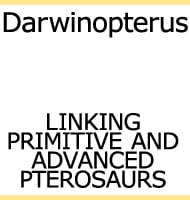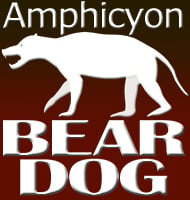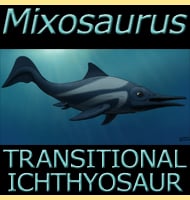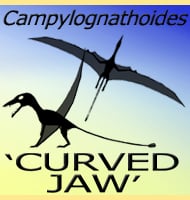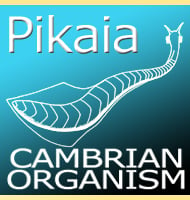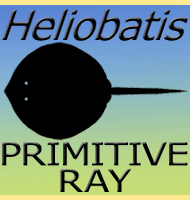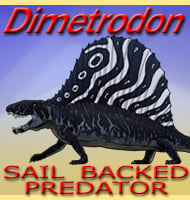In Depth
Calcarichelys was a relatively small late Cretaceous turtle but one with a highly specialised shell. Instead of the usual concave curve across the back, a series of enlarged spikes ran down the middle of the back. These are taken as being almost certainly a defensive adaptation to make it more difficult for predators such as the smaller mosasaurs to close their mouths around the body. With the mouth wedged open a predators teeth could not be brought to bear to damage the shell. The total effectiveness of these dorsal spikes however may not have been absolute since the spikes could only possibly protect against a jaw closing from above. Predators with more patience may have tried attacking exposed extremities such as flippers which were not protected, and some predators such as the large shark Cretoxyrhina had especially toughened teeth with thick enamel for biting through armoured prey like turtles.
Like with its relatives Archelon and Protostega, Calcarichelys did not have a solid shell but instead a framework of struts that were filled in between by softer tissue. In terms of diet Calcarichelys probably fed like modern turtles perhaps eating everything from seaweed to jellyfish to even sponges, which could all have been easily tackled with its shearing beak. A possible close relative of Calcarichelys is Chelosphargis from the same formation and also named by Zangerl in 1953.
Further Reading
– The vertebrate fauna of the Selma Formation of Alabama. Part III. The turtles of the family Protostegidae. – Fieldiana: Geology Memoirs 3(3):63-133. – R. Zangerl – 1953. – Systematic revision of the Protostegidae, with a redescription of Calcarichelys gemma Zangerl, 1953. – Journal of Vertebrate Paleontology. 18 (1): 85–98. – G. E. Hooks – 1998.


